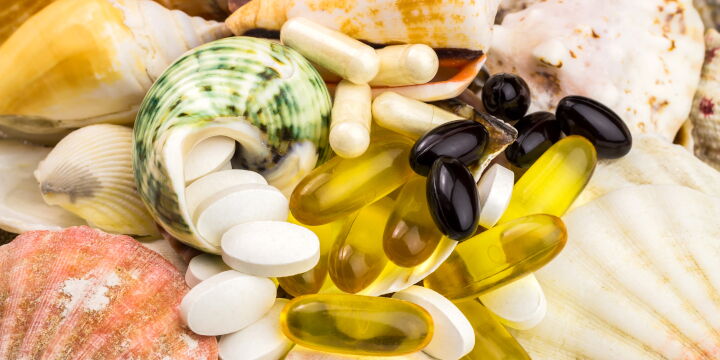Osteoarthritis: what is it?
Normally called degenerative joint disease or "wear and tear," osteoarthritis (OA) is a debilitating condition that causes pain and stiffness that significantly limit the lifestyle of many people.
Defined as degeneration of the cartilage and underlying bone within a joint, in addition to overgrowth, OA most commonly affects the knees, spine, and hands.
If advanced age (over 65) is the factor most frequently associated with OA; genetics, obesity and trauma are also to be considered.
Symptoms, which range from mild to debilitating, often lead to significant lifestyle limitations as a result of pain and impaired function.

Recommended treatments
- weight loss
- physical therapy/exercise
- activity modification
- supplements
Each of these measures has been shown to be useful for some patients but treatment must be personalized, based on the degree of arthritis and disability and the presence of any medical conditions the patient may have.
An initial treatment option for OA is activity modification.
Most of the time, patients are able to point out specific activities that make their pain worse, such as climbing stairs, squatting and bending over, bending over, sitting for long periods of time, lifting heavy loads, walking long distances, and other exercises high impact.

For some patients it is sufficient to avoid them but for others it may be necessary to change the level of work and/or physical activity.
This could mean moving from high mechanical impact exercises on the joints like running and competitive sports to low impact exercises like swimming and walking.
As irrelevant as this change may seem, changing activity has been shown to reduce and/or alleviate arthritic pain for many people.
Obesity as a risk factor
Obesity can be a predisposing factor for OA, and studies indicate that a percentage of people diagnosed with OA are overweight or obese.

Weight loss is beneficial to health in general and has been shown to be the most patient-controlled and cost-effective long-term treatment measure that can be initiated to reduce OA-related issues. Furthermore, can be created at one's own time and pace, respecting the needs, the degree of training and the goals of each individual.
Supplements that can act on symptoms
Glucosamine and chondroitin are very popular herbal supplements used in the treatment of arthritis.
Glucosamine is a natural substance found in healthy cartilage, primarily, in the fluid that surrounds the joints.
Can be made in the laboratory or harvested from the shells of crustaceans.
As a dietary supplement, it is believed to have anti-inflammatory properties and aids in the regeneration of cartilage.

Chondroitin is naturally produced by the body and helps retain water in the cartilage.
Can be made in the laboratory and also obtained from the cartilage of other animals such as pigs, cows and sharks.
Osteoarthritis is a progressive disease linked to age and an integrated and in some ways simple approach, as modern scientific research suggests, can represent the best solution for its conservative treatment, influencing our lifestyle in the best possible way and influencing 360 degrees on our "reserves" of health.
